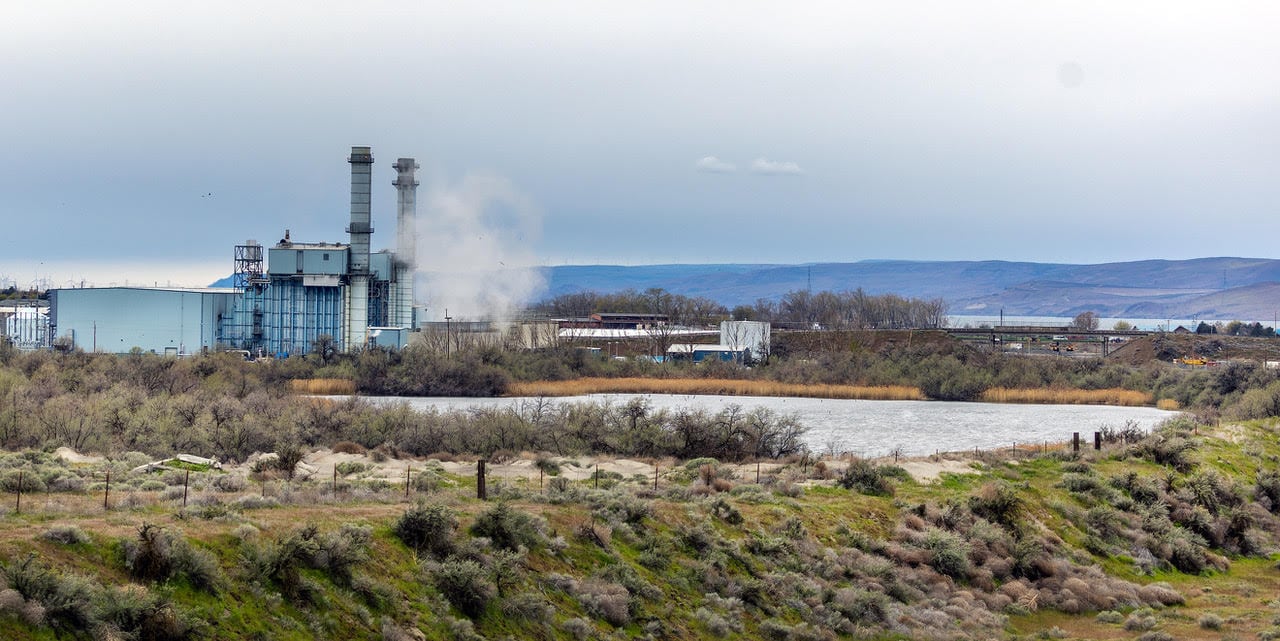According to Governor Tina Kotek, Oregon’s second-largest port is receiving yet another exception to a water pollution permit that has been broken for the majority of the previous 20 years.
She signed an executive order Monday afternoon that will exempt Port of Morrowin Boardman officials from state penalties for violating their wastewater permit and over-applying nitrogen-contaminated water on farmland situated on top of an already-contaminated subterranean aquifer for six weeks, from January 15 to February 28.
Thousands of people in northeast Oregon’s Morrow and Umatilla counties rely on that aquifer for their drinking water, yet many are unable to safely consume the water from their taps due to pollution. The U.S. Environmental Protection Agency states that nitrates, which are derived from nitrogen, are harmful to consume for extended periods of time if they exceed 10 milligrams per liter.High nitrate intake has been linked in studies to an increased risk of birth abnormalities and several types of cancer.
Unusual rainfall
Heavy rains have caused the lagoons where the port stores wastewater to swell, and port officials say they will either have to violate their permit by allowing some of the overflow to spill into nearby fields beyond permitted limits or halt operations, which may lead to employee layoffs or temporary suspensions.
According to its annual reports, the port generates about $2.5 billion in economic activity annually. About 6,000 people in Morrow and Umatilla counties work for the port or in sectors that depend on it, according to a Monday statement from the governor’s office.
In February, Kotek stated in the release, “My office has heard directly from producers and farmers in the Lower Umatilla Basin that halting operations, even for a brief period of time, would be devastating to the local economy and possibly shut down some operations permanently.” I didn’t make this choice hastily. During this brief period in an exceptionally wet winter, we have to strike a balance between safeguarding domestic well users, the national food supply, and thousands of jobs in the area.
The announcement stated that precipitation in the Lower Umatilla Basin was 95% greater in November and December than the 20-year normal for those two months, and is expected to be 40% higher in December and January than the usual.
The port’s excess wastewater will be applied to fields that are far from residential wells and have a low risk of releasing nitrate into the groundwater aquifer, according to Mike Hiatt, water quality permitting manager for the Oregon Department of Environmental Quality.
“We want the community to know that we have been holding the port accountable, and we have been very aggressive in terms of DEQ with the port and the compliance plan,” Hiatt stated.
lengthy history of pollution
According to a Capital Chronicle study, the Port of Morrow has a lengthy history of breaking its state wastewater permit, accruing thousands of infractions during at least 17 of the previous 18 years. According to DEQ authorities, in terms of the amount of water it processes, it is the biggest wastewater permit holder subject to state regulation. The port currently manages up to 3.5 billion gallons of wastewater annually, with an additional 1 billion gallons added in the past ten years alone.
By restricting the quantity of water used by some businesses operating at the port, the Port of Morrow committed to reduce the 57 million gallons of wastewater produced during the winter months, or roughly 1.5% of its annual wastewater volume, as required by its current water permit with the state. In addition to completing the infrastructure required for secondary treatment of wastewater held in digesters, which will remove nitrogen from the water, port officials have agreed to construct a 750 million-gallon wastewater storage lagoon, which is expected to be finished this summer. the complete the secondary treatment by 2029, the port is currently looking the EPA for a loan of $430 million.
Due to the Port of Morrow’s ongoing improvements and the revised schedule that DEQ has mandated, we are aware that this winter will mark the final time that land application will take place, Kotek stated.
— Oregon Capital Chronicle’s Alex Baumhardt
Established in 2021, The Oregon Capital Chronicle is a nonprofit news outlet that specializes in Oregon politics, government, and policy.







